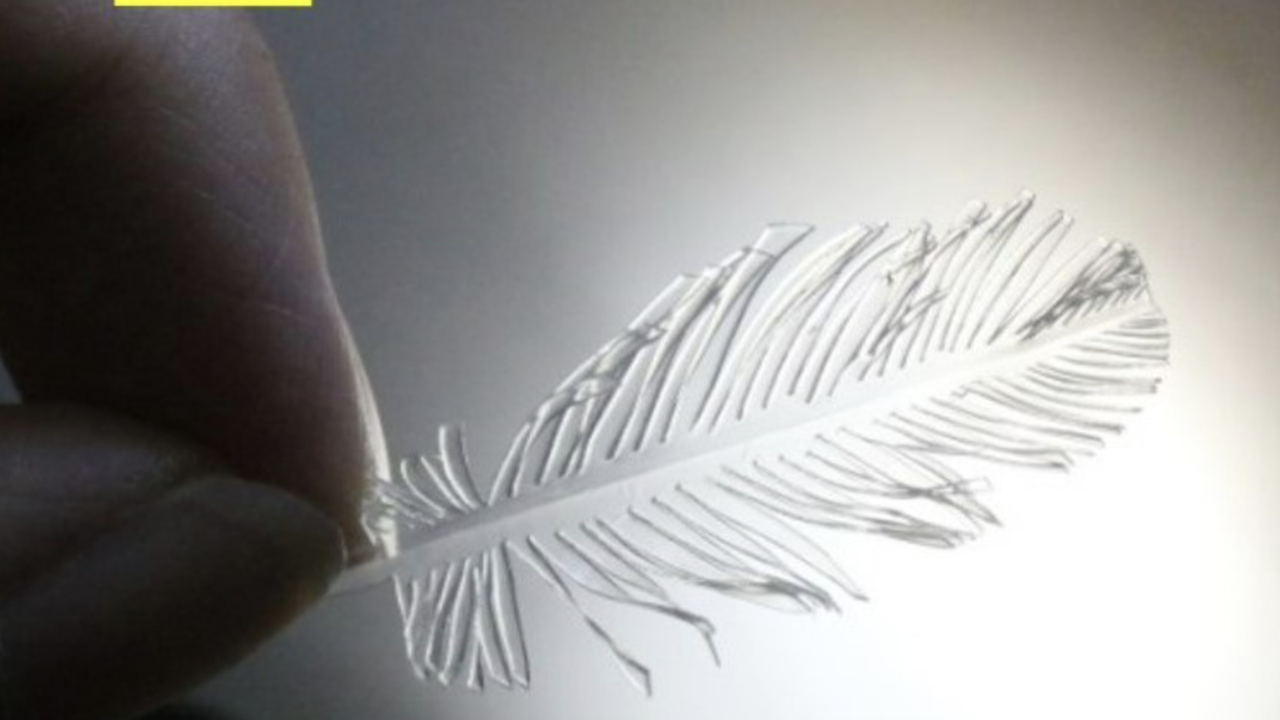The team first used soft materials made from polymers and then moved on to glass and ceramics, which are much more difficult to machine intricately.
By mixing silica nanoparticles with a liquid containing several compounds and curing the mixture with ultraviolet light, they produced a cross-linked polycaprolactone polymer with tiny silica particles.
Layers of this translucent resin composite were cut, folded, twisted and stretched to create objects such as a crane, feather, a lace vase, and a globe of intertwined ribbons.
Source: Ferra
I am a professional journalist and content creator with extensive experience writing for news websites. I currently work as an author at Gadget Onus, where I specialize in covering hot news topics. My written pieces have been published on some of the biggest media outlets around the world, including The Guardian and BBC News.










